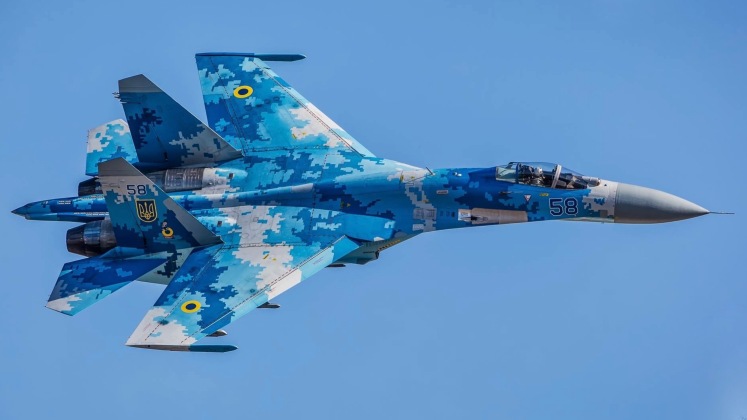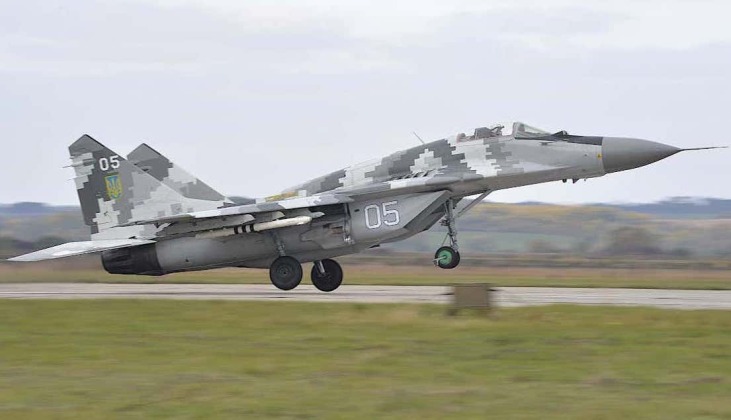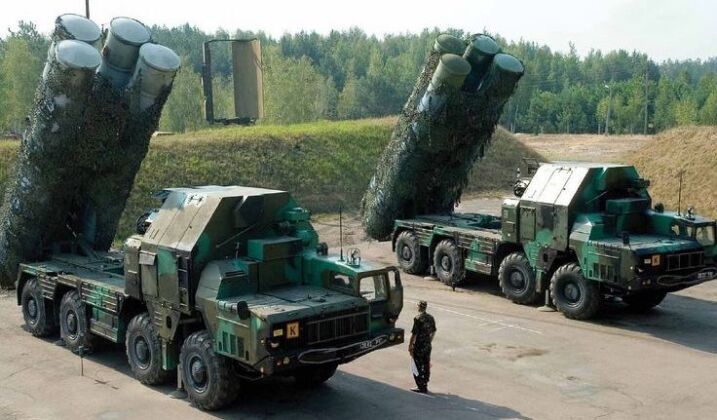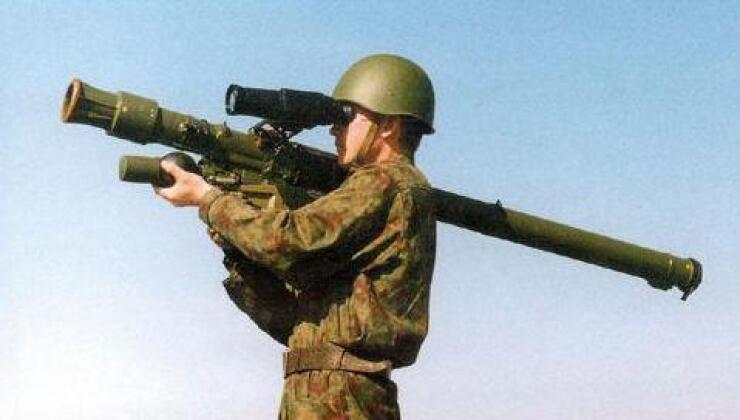The outbreak of open hostilities between Russian and Ukrainian forces on February 24 saw assessments of the latter’s aerial warfare and air defence capabilities gain a newfound relevance. Ukraine’s armed forces have received little new hardware since the 1980s, when they inherited a vast arsenal from the Soviet Union including combat aircraft numbering in the thousands, the world’s two largest non-American aircraft carriers under construction, and the world’s third largest nuclear arsenal. The deterioration of the country’s economy and defence industries over the following three decades resulted in a decline in its aerial warfare capabilities, so that by the early 2020s it relied on a small number of fighters and air defence systems which had seen few upgrades since the 1980s and remained terribly obsolete in the face of either Russian or NATO frontline assets. Many of the systems fielded were relatively high end platforms for their time, however, having been deployed to Ukraine to defend the Soviet Union’s industrial heartlands, and as such many have considerable potential to incorporate upgrades and improvements despite such potential in Ukrainian service consistently being neglected. A look at Ukraine’s five most capable aerial warfare assets is given below.

Su-27S Flanker
The Su-27 Flanker was widely considered the most capable fighter fielded by any air force in the Cold War era, and from 1985 had formed the elite of the Soviet Air Force. The high end fighters were inherited by Russia, Ukraine, Belarus and Uzbekistan when the Soviet Union disintegrated, and Ukraine today remains the only Western-aligned country to operate the advanced fighters. Su-27s in Ukraine have seen a high rate of crashes and accidents, and within the first day of the conflict had seen one aircraft withdrawn to Romania by a fleeing pilot while another was lost over Kiev to friendly fire. An air battle over the city of Zhytomir on March 5 saw four of the fighters reportedly shot down by Russian fighters, likely Su-35s, while another was previously reportedly shot down near the capital Kiev by a Russian S-400 system killing renowned display pilot Colonel Oleksandr Oksanchenko. No kills by Ukrainian Su-27s have been recorded. The Su-27 remains one of the most capable fighters in Eastern Europe, but with 1980s electronic warfare countermeasures, armaments and sensors its ability to go head to head with 21st century Russian fighters technologically two to three decades ahead of it remains negligible.

MiG-29A Fulcrum
Approximately half of Ukraine’s fighters capable of air to air combat are MiG-29s, which were developed in parallel to the Su-27 as a lighter and cheaper counterpart and entered service from 1982. The fighters have much shorter ranges, weaker sensors and rely on shorter ranged missiles, and like the Su-27s are effectively obsolete despite the advanced flight performances of their airframes. The MiG-29 does have an important advantage over the Su-27, however, which is its ability to operate from makeshift and very short runways, which reflects its purpose as an aircraft designed for operations near the frontlines. This is potentially particularly valuable for Ukraine as airfields come under missile attack. While modern MiG-29 variants such as the MiG-29M are considered among the most capable in the world for their weight range, the MiG-29A cannot seriously challenge modern heavyweight fighters such as the Russian Su-30SM and Su-35 which form the backbone of its fleet. MiG-29s have reportedly suffered heavy losses to Russian cruise missile strikes on Ukrainian bases, although no verifiable information on their performances in air to air combat have emerged.

S-300PS/PT and BuK-M1
Some of the oldest variants of the S-300 air defence system, the S-300P/PS/PT medium range systems from the 1980s form the backbone of Ukraine’s air defences. Although the S-300 has gained a reputation as a world leading system, with the S-300V4 variant in production in Russia today, Ukrainian S-300s were not designed for defence of large areas, do not have a multi-layered defence capability, and provide a much more limited degree of situational awareness. Their lower mobility and ageing electronic warfare countermeasures leave them highly vulnerable to Russian air defence suppression assets. The S-300 was nevertheless far ahead of its time in the 1980s, and is still one of the more capable air defence systems deployed today with its combination of mobility and a respectable range comparing well against most non-Russian systems. A portion of Ukrainian S-300s were reportedly sold to the United States for testing.
Complementing the S-300, the BuK-M1 from 1980 provides a shorter range complementary mobile air defence capability which can potentially seriously threaten Russian assets. Some BuK systems were sold to Georgia in the 2000s and destroyed by Russian forces in 2008, meaning Ukraine’s network is smaller than it was when the USSR collapsed.

Stinger and Igla MANPADS
With Ukraine’s fighter fleet and air defences having only very limited capabilities, the country’s most effective means of threatening enemy aircraft may well be the deployment of handheld surface to air missiles which can be integrated into infantry formations. This mirrors the situation with armour, with Ukraine’s entirely obsolete tank units making handheld Javelin anti tank missiles its most dangerous anti armour assets. A Soviet 9K38 Igla man portable surface to air missile reportedly shot down a Russian Su-34 strike fighter on March 5, possibly after multiple rounds of heat seeking surface fire weakened the aircraft’s countermeasures, with Igla and American supplied Stinger systems having also brought down at least two Russian attack helicopters. A number of other kills against Russian assets by Iglas and Stingers have been reported but remain unconfirmed. These man portable systems will thus likely cause far more damage to Russian aircraft than all other Ukrainian air defence assets combined. As very easily concealable heat seeking assets, the systems are extremely difficult to neutralise and are immune to traditional air defence suppression methods relying on anti radiation weaponry. Further supplies of Igla and Stinger missiles, both of which are fielded in large numbers by other NATO members, are expected to be prioritised as part of Western military aid to Ukraine.
